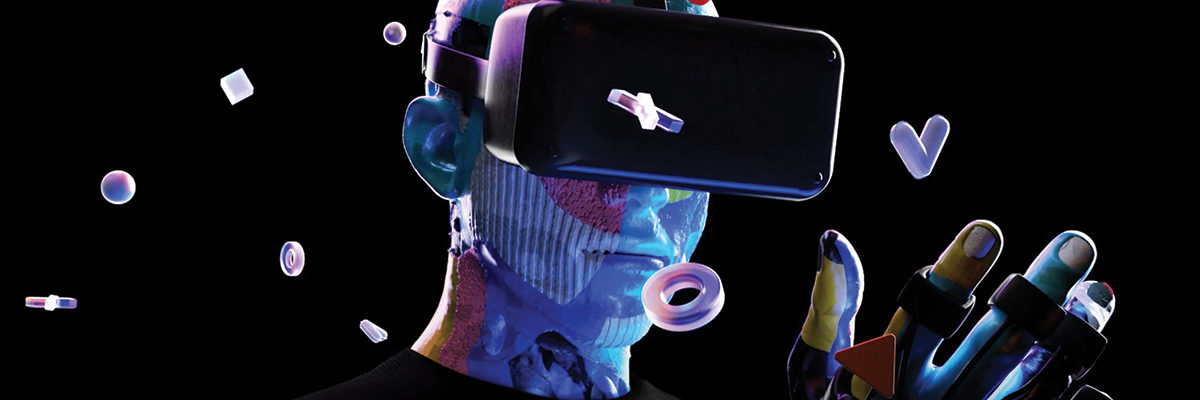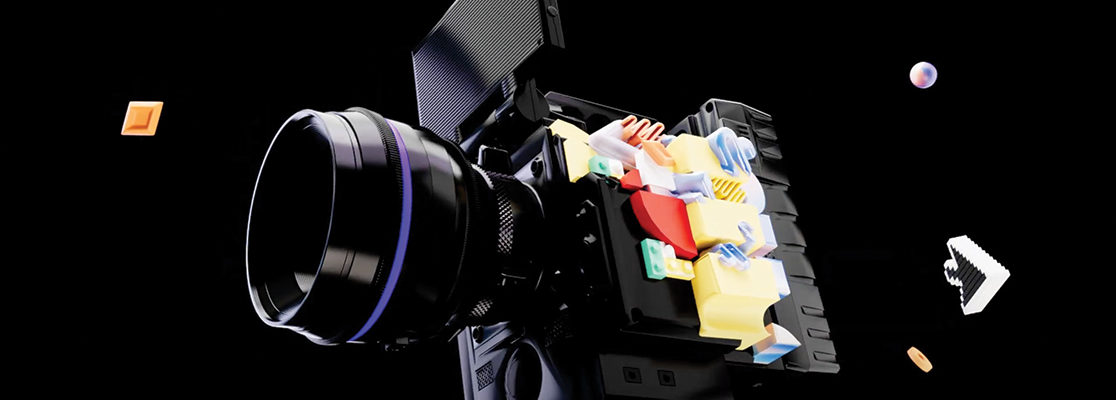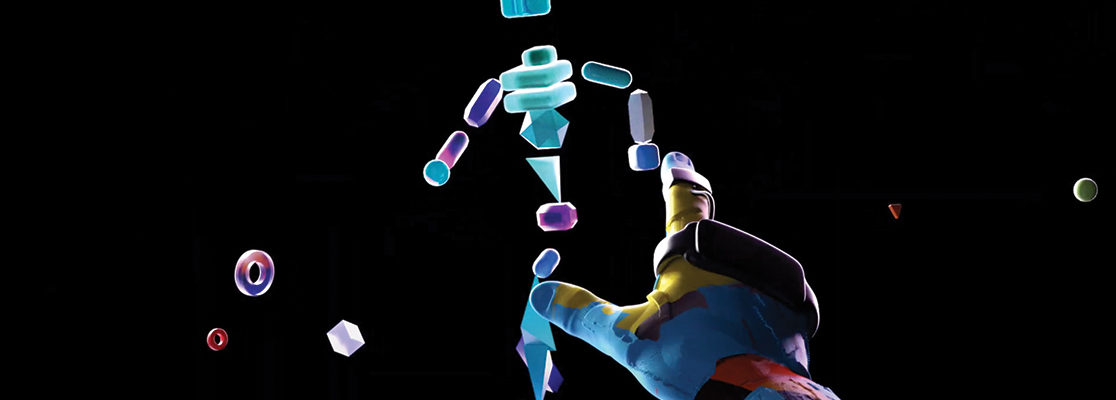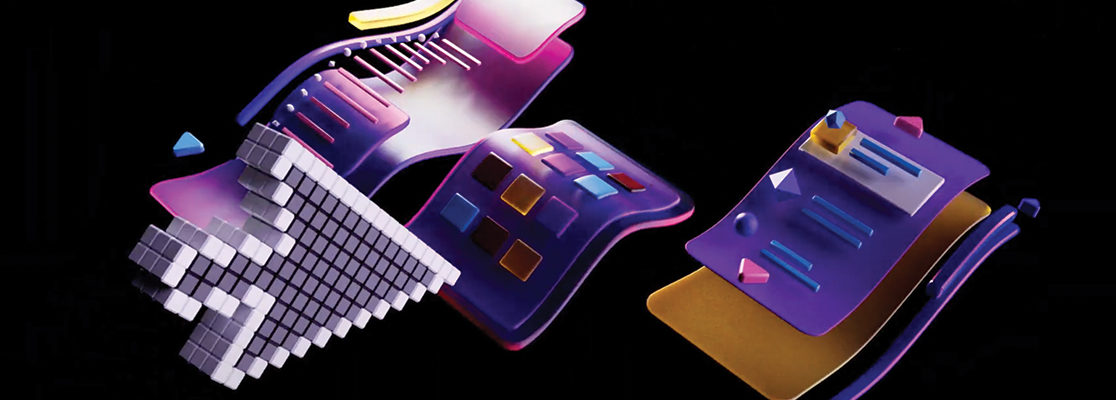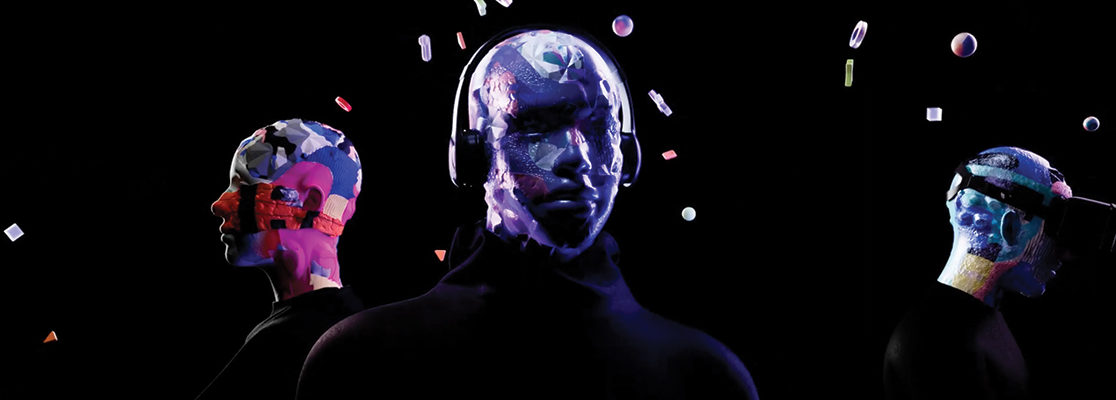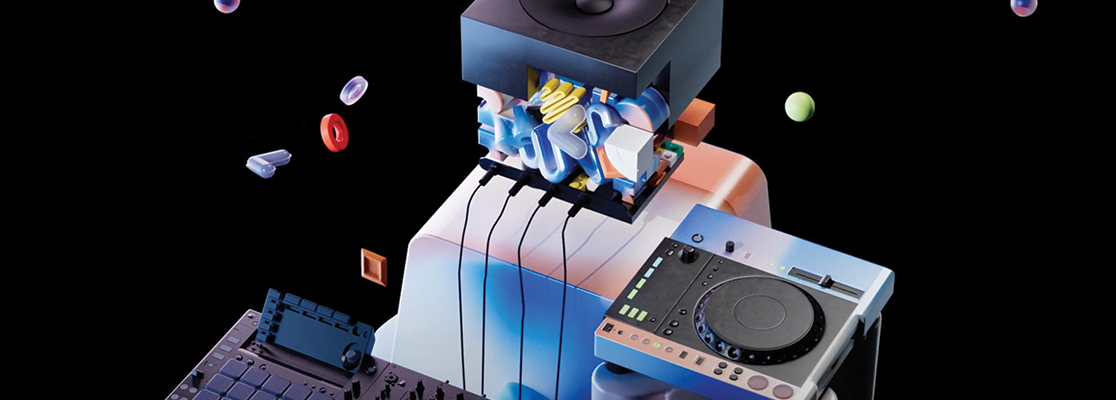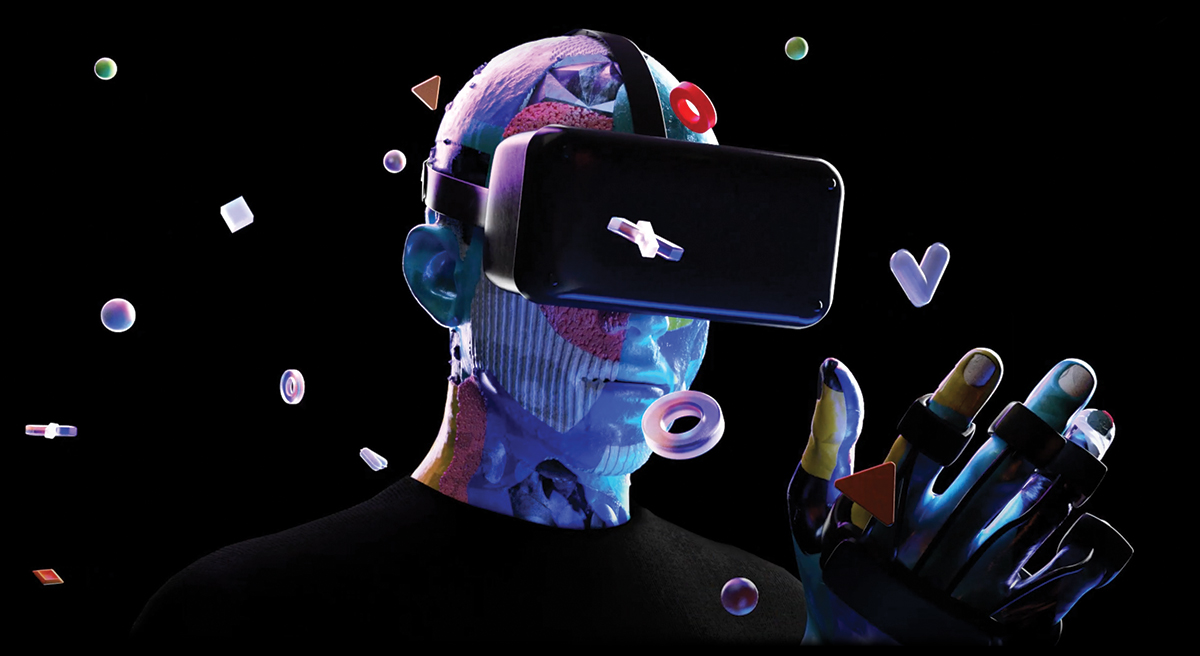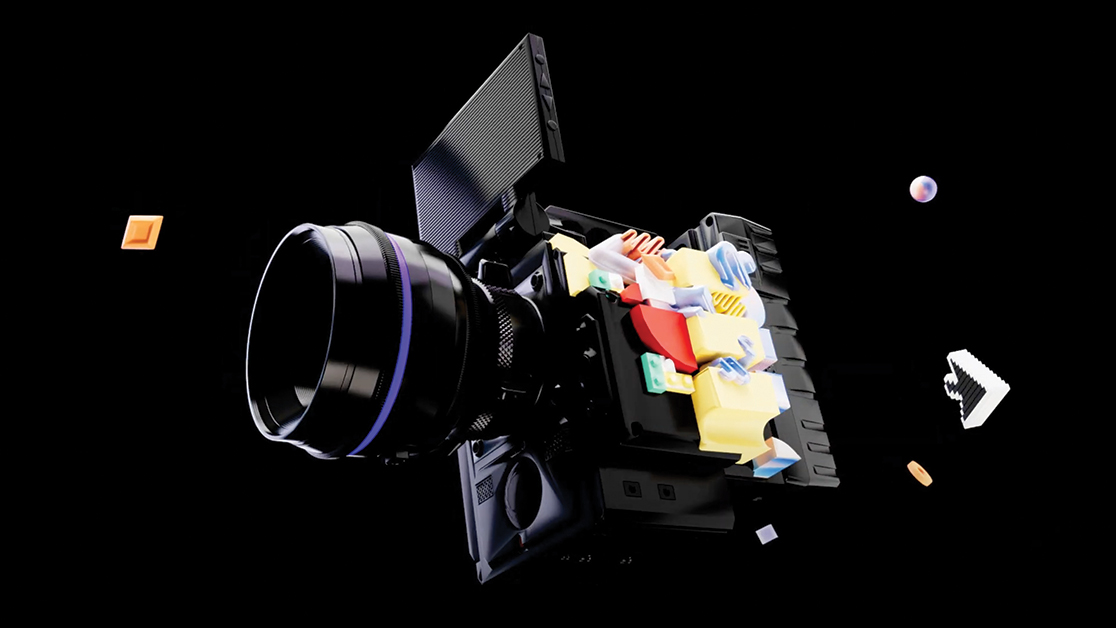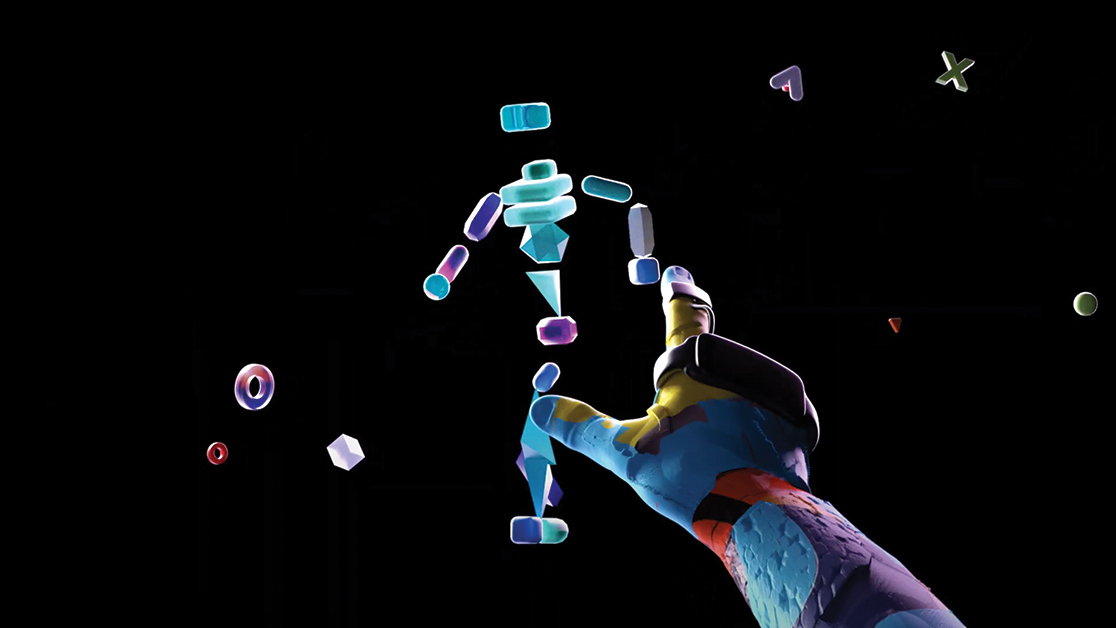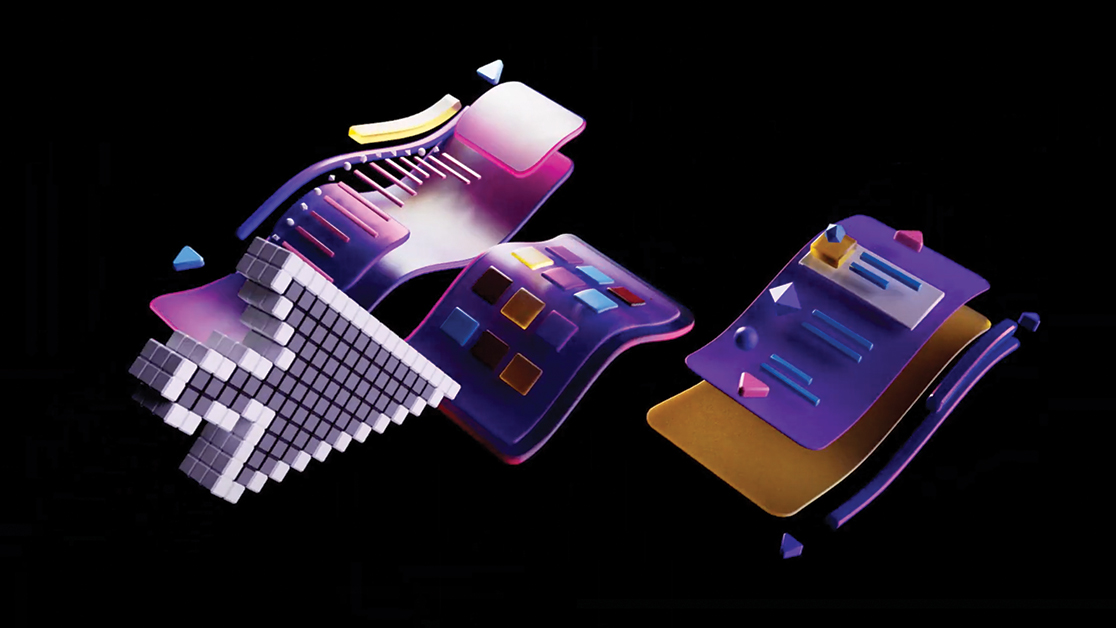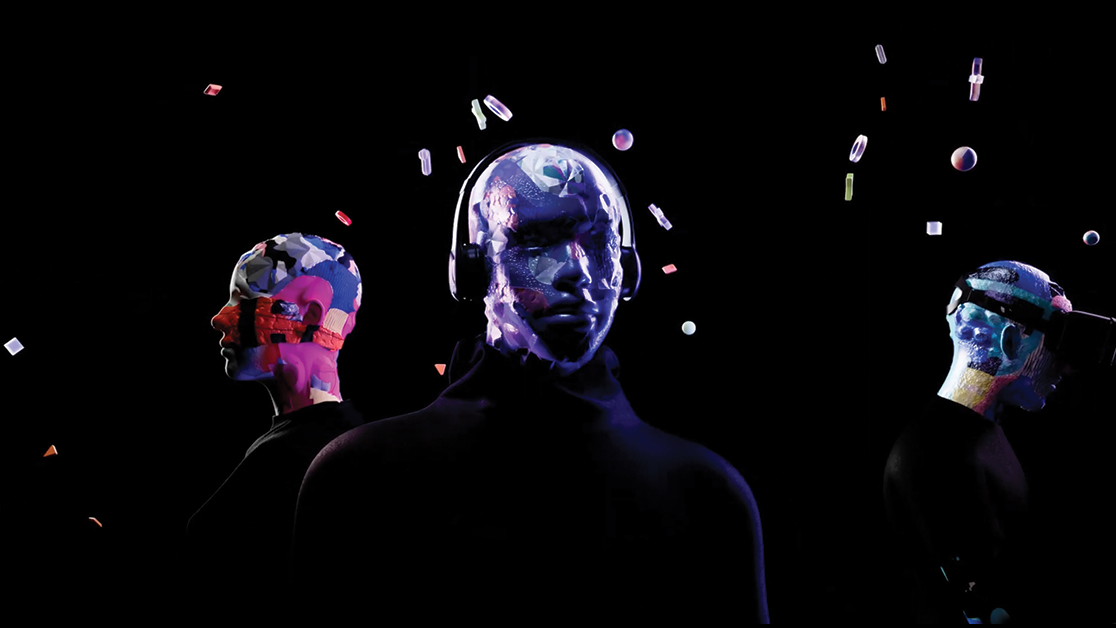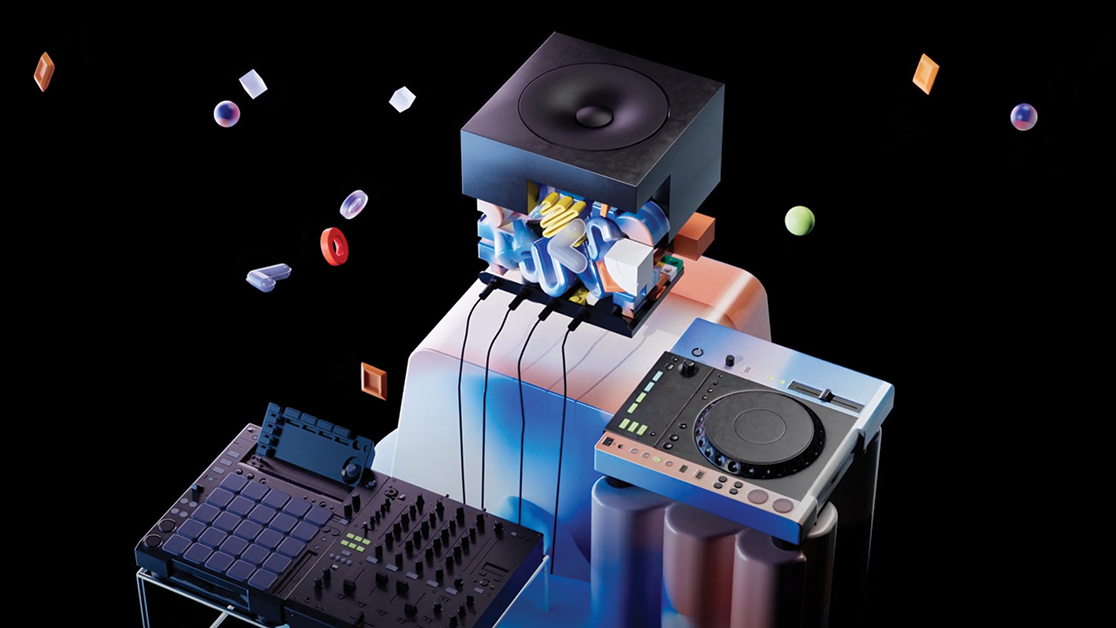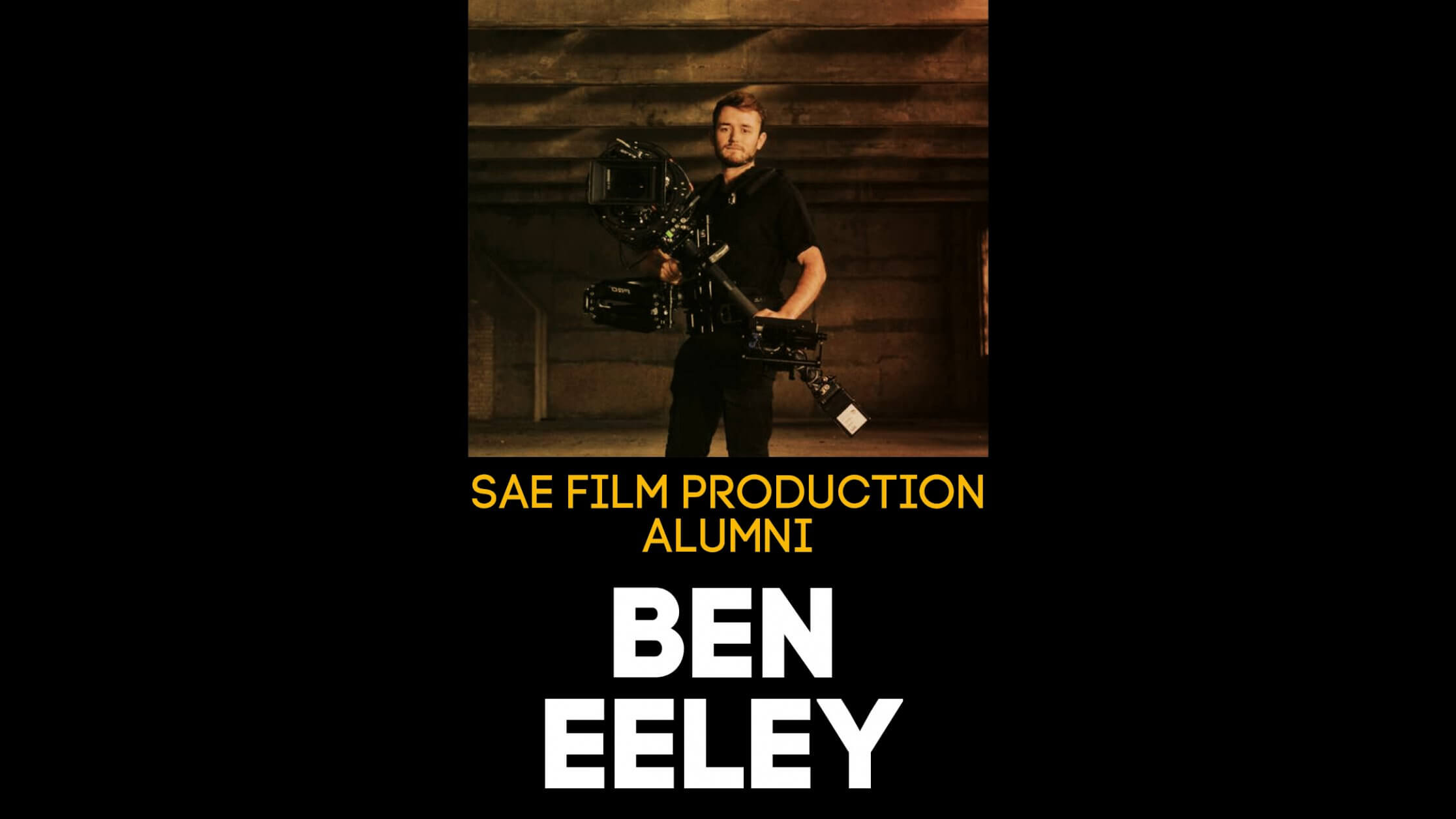Take your career to the next level
We go behind the scenes with our Film Production alumnus Ben Eeley to learn about his journey from our London campus. Ben now works as a Steadicam Operator for music videos, live theatre, TV and more. We visited him on set where he told us about his life at SAE on a filmmaking course, what it is like to work as a Steadicam Operator, and how to kickstart a career in the film industry.
Tell us about yourself (your name/your job/what you studied/a hobby you enjoy doing).
I’m Ben Eeley. I’m a Camera Operator and Steadicam Operator based in London. I went to SAE Institute and studied a Videography Course. As a Steadicam Operator, I work mainly freelance, jobs come in left, right and centre.
I normally work on a lot of commercials and I’m starting to move more into drama, TV narrative and feature film worlds.
Your role as a Steadicam Operator – what does an average day on the job look like for you?
So a normal working day is anywhere from 10 to 12 hours plus overtime.
That’s from when you first get in and set up, talk about what you’re doing for the day, talk about the shots, work them out, then just operating the camera.
What are you doing here today?
We’re shooting two music videos for Zac Abel. We don’t normally do two in one day so it’s quite chaotic, there’s a lot to do.
Talk us through some of the projects you worked on since leaving SAE – which one was your favourite and why?
Some of the most notable projects I’ve worked on since finishing SAE would have to be D.C.’s The Flash, the feature film that’s coming out this year.
I have also just completed work on an ITV drama called Without Sin. It started streaming in November 2022, then there are hundreds of music videos, many commercials and a fair bit of live theatre too.
The best show I’ve done so far, I would probably say, was Macbeth in 2021. We shot it with Saoirse Ronan and James McArdle as the leading stars and that was a week of rehearsals and live shows.
It’s one of my favourites as it was the most challenging. It was live and I really like this world because we get to work with the actors where every moment is different. However, if you mess up, it’s live so there’s a lot more stress.
How did you become a Steadicam Operator? What steps did you have to take to get here?
While studying at SAE for film studies degree, I was privileged to be able to use the Steadicam pilot they offer.
They gave me the bronze-certified Tiffen training as well so that’s where I really started to learn how to play with the Steadicam and how it works.
I then invested in a more camera basic rig and went on the gold Tiffen course as SAE has a connection with Tiffen.
To be able to get onto that course was really nice to have. Then from there, I stepped up, bought a bigger rig and made my way into the industry.
From when I started in my first year at SAE on the videography course, I knew I wanted to be mainly camera-orientated and worked as a Director of Photography on a lot of the major uni projects.
I realised lighting wasn’t where I wanted to specialise, so I started exploring camera operation and the easiest way in was via the Steadicam.
I knew when I left I didn’t really want to start assisting, training and coming up that way. It would have taken years and I was already experienced on a Steadicam to a level where I could take what I knew and apply it to smaller jobs. I preferred to go straight into a role that I knew I wanted to do and really hone that craft instead.
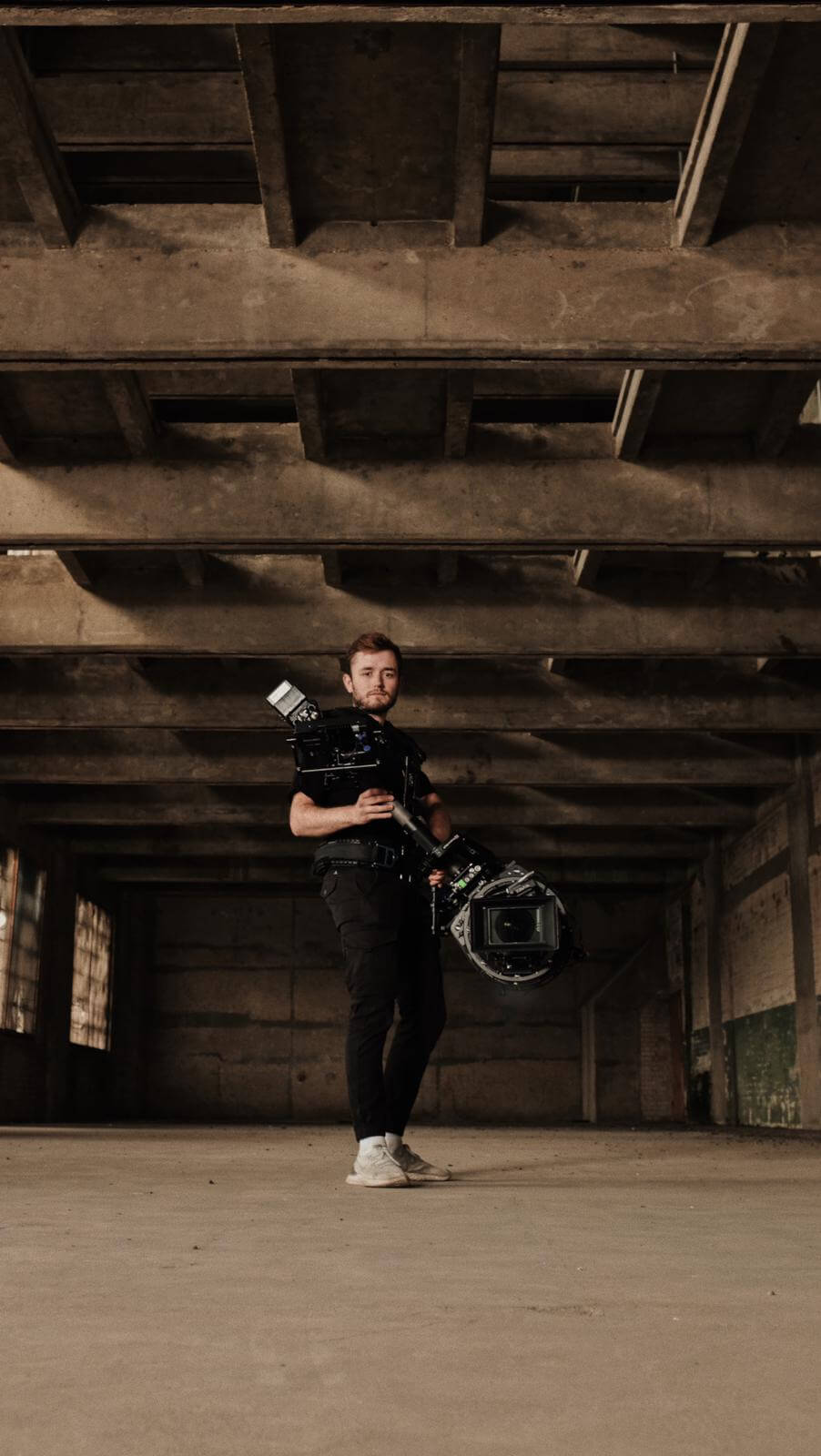
What kind of equipment do you use on the job?
I own a Steadicam, Tiffen, M2, Volt, and camera sled.
I’ve got a Titan PRO arm from GPI PRO which I use and then I’ve got a custom Walter Klassen FLEX harness. I use all three of these elements together and then whichever camera and lens combination that production uses, I’ll put on.
Every day is normally a different camera build.
Who are you mainly working with on set?
I mainly work with the Director and Director of Photography. We will look at a scene and figure out how to cover it together. They are in charge and I’m there to give them a hand. I work with them closely. We’re just trying to make their vision come to life in the easiest way possible.
What made you pursue a degree in film?
I was doing Chemistry, Biology, Physics, and Maths at AS-level, and quickly realised that that was not a career path or anything that really drove me. I was doing a lot of photography at the time, and knew I wanted to work in the media world.
I dropped out, then went to college for a year, and the college was tied in partnership with SAE. I went there for an open day and fell in love with it.
I went to college for a year, then I applied to SAE for the filmmaking course with my broken qualifications and college qualifications along with my portfolio, and that just about got me entry.
SAE was really, really helpful in the admissions process by being able to take my application from a portfolio as well as my qualifications. I was able to give enough points through UCAS and my portfolio to gain a place.
What made you choose SAE?
The kit and access to the Steadicam. As soon as I got to second year and we were able to use some of the more advanced grip equipment, that’s when I really started to enjoy the course even more. I ended up buying my own camera towards the end of my studies too, mixing that with all they had and came out with quite a few nice films.
How do you think SAE has helped you with starting up your career as a Steadicam operator?
SAE really helped me start my career by giving me access to the Steadicam and allowing me to gain hands-on experience with the kit.
SAE were more than willing to just let me live in it so I just spent all my free time learning as much as I could. When I came out, I went on all the more advanced courses, the specialised courses and I already had a very big understanding of the basic structure of how a Steadicam works. This really gave me a boost in getting some of my first jobs in the industry.
What advice would you give to film students at SAE?
My best bit of advice for people who are camera nerds like me is to get first-hand experience. Just get your hands on the gear and use it. Don’t just sit around and waste time, just do it. You only get to learn by doing.
What’s next for you?
I’ve been a Steadicam Operator for three and a half years, I’ve just got a certificate called an ACO which is from the Association of Camera Operators.
So that’s tacked on to my name now, which is amazing. It’s a really big achievement within the camera world and now I’ve got this and really I believe I’m going to start pushing the drama in the feature film world a lot more.
I think it’s where I want to work now. I’ve done three and a half years testing the waters of commercials and music videos and everything. I think I’m most happy when I’m shooting actors on a set and just making a story that everyone can watch and enjoy.
Study Film Production at SAE
At SAE, we offer a range of leading film courses for students looking to advance their careers in this innovative field.
From Acting for Screen to Film Production, SAE students can gain vital skills, experience and the technical knowledge to forge an exciting career in this exciting sector.

